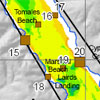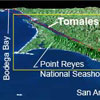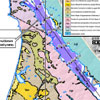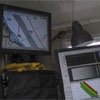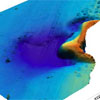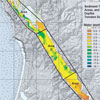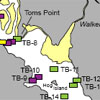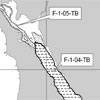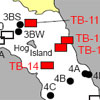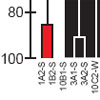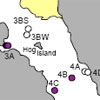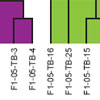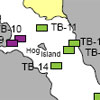U.S. Geological Survey
Open-File Report 2008-1237
Interferometric Sidescan Bathymetry, Sediment and Foraminiferal Analyses; a New Look at Tomales Bay, California
by
Roberto J. Anima1, John L. Chin1, David P. Finlayson2, Mary L. McGann1, and Florence L. Wong1
2008
1U.S. Geological Survey, Menlo Park, California
2U.S. Geological Survey, Santa Cruz, California
Introduction
The United States Geological Survey (USGS) in collaboration with Point Reyes National Sea Shore (PRNS), and the Tomales Bay Watershed Council [http://www.tomalesbaywatershed.org/] has completed a detailed bathymetric survey, and sediment and foraminiferal analyses of the floor of Tomales Bay, California. The study goals are to detail the submarine morphology, the sediment distribution, sedimentary features, and distribution of foraminifera to provide a framework for future studies. The USGS collected swath bathymetric data with a SEA SWATHplus interferometric sidescan sonar system (2004, 2005) and an echo sounder system (2006). The data were processed into continuous mosaic images that show bathymetric detail of the bay floor with 0.2-m vertical and 4.0–m horizontal resolution. Acoustic backscatter data from the 2004 and 2005 surveys were processed into 2-m resolution grids. In addition, 27 sediment samples were collected from various parts of the bay for grain size analyses and a comprehensive study of the distribution of foraminifera in Tomales Bay. The foraminiferal analysis determined that the invasive foraminifera Trochammina hadai from Japan was present in Tomales Bay. The project was conducted in response to a request from the National Park Service, and the Tomales Bay Watershed Council who voiced a need to look at the environmental impacts of human input to the surrounding watersheds that ultimately flow into the bay. The mapping, sediment, and foraminiferal data establish a baseline survey for future comparisons of possible geologic and anthropogenic changes that might occur due to changes in land use or development in the surrounding watershed. These data may also aid in determining the possible pathways of pollutants entering the bay from the surrounding watersheds. Report
Map Sheets
GIS Data
Figures from the reportTables from the report
For more information, contact Roberto J. Anima, Emeritus |
Download a free copy of the latest version of Adobe Reader.
| Help | PDF help | Publications main page |
| Western Open-File Reports for 2008 |
| Geologic Division | Coastal and Marine Geology |
This report is available only on the Web

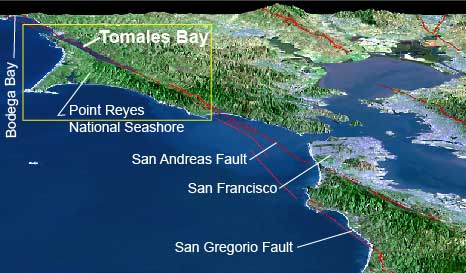
 Download the report
Download the report

